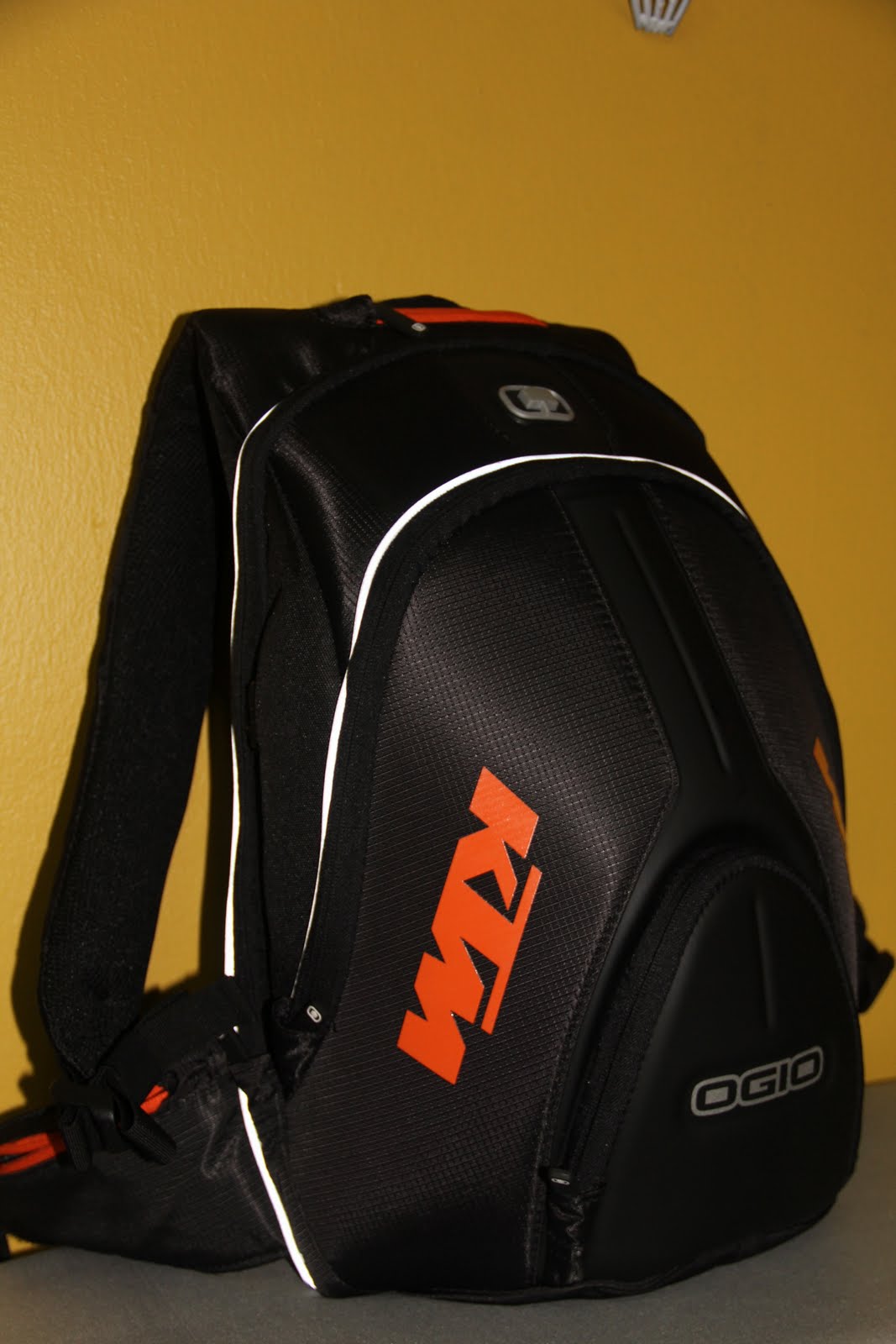

Whatever the case, the quarter-mile soon became the default race-distance measurement.
#DRAG RACING PLUS#
The reasoning behind the quarter-mile distance is as murky as the origin of the term “drag-racing”. Popular mythology ties it to quarter-horse racing, or the distance of a city block, but in an interview with hot-rodding historian Gray Baskerville, appearing in Rod & Custom magazine in 2001, drag racer/ eyewitness Leslie Long swore that it was simply the length of runway available, plus a short run-off, at the Santa Ana facility. 50-cents admission to spectators and participants alike, and the Santa Ana drags quickly gained a following. It was here that several drag-racing fundamentals were established. Racers were split into classes that depended on a car’s year, make, engine displacement and more. A computerized clock measured top speed at the end of the quarter-mile (high-tech stuff for the 1950s) and determined a winner.Įarly Santa Ana drags (source: Pinups & Kustoms Magazine) “Pappy” Hart (a Santa Ana, California-based gas station owner/mechanic) opens the first official organized drag racing event. Pappy used an auxiliary runway at Orange County Airport it was both closer and cleaner than the dry lakes. He charged. 1950: Now editor of HOT ROD Magazine, Parks discusses an alternative to the lakes racing that SoCal speedsters had enjoyed for decades, “controlled drag racing,” in the April 1950 issue. Shortly after, C.J.1949: Goleta, California saw a match race that some refer to as the first official drag race another is run at Mile Square airfield in Garden Grove. Soon, SCTA’s first “Speed Week” is held at the Bonneville Salt Flats in Utah. This is the first instance of timed speed runs the stopwatch puts a premium on acceleration as well as top speed.

#DRAG RACING DRIVERS#
To maximize revs, drivers might hold a car in gear longer, or “drag” through the gears. Which of these is correct? Maybe none, maybe all. Late 1940s: The idea of side-by-side racing becomes known as “drag racing” – the origin of the term is unclear. Popular theories: The only paved section in smaller towns was on the main drag. Racers may have goaded each other to drag their car out of the shop so they could race.HOT ROD Magazine launches. The name itself was provocative, suggesting a seedy if not downright criminal element-but the magazine’s longer-term goals were to mainstream the car-hop-up movement, and to make a shedload of cash in the process.1947: The Southern California Timing Association (SCTA) is formed, meant to organize this growing band of speed fiends. Wally Parks again helped create the group.
#DRAG RACING DRIVER#
Early 1930s: The dry lakebeds of Southern California were wide-open and available to hot rodders to drive as fast as they dared.1913: Wallace Gordon “Wally” Parks was born in Goltry, Oklahoma. His family moved to Southern California in the early ‘20s. You will see his name again in this story.Wally Parks (photo: Tom Medley/N.H.R.A., via New York Times) From those humble beginnings to modern times, when a modern Top Fueler can go 0-1000 feet in a tick over three seconds at speeds topping 330mph, we present a brief history of drag racing, hitting important milestones along the never-ending quest for the perfect pass. In truth it’s a postwar phenomenon, with roots stretching back to dry lakebed racing in Southern California in the 1930s.

Drag racing seems like it’s been with us forever.


 0 kommentar(er)
0 kommentar(er)
